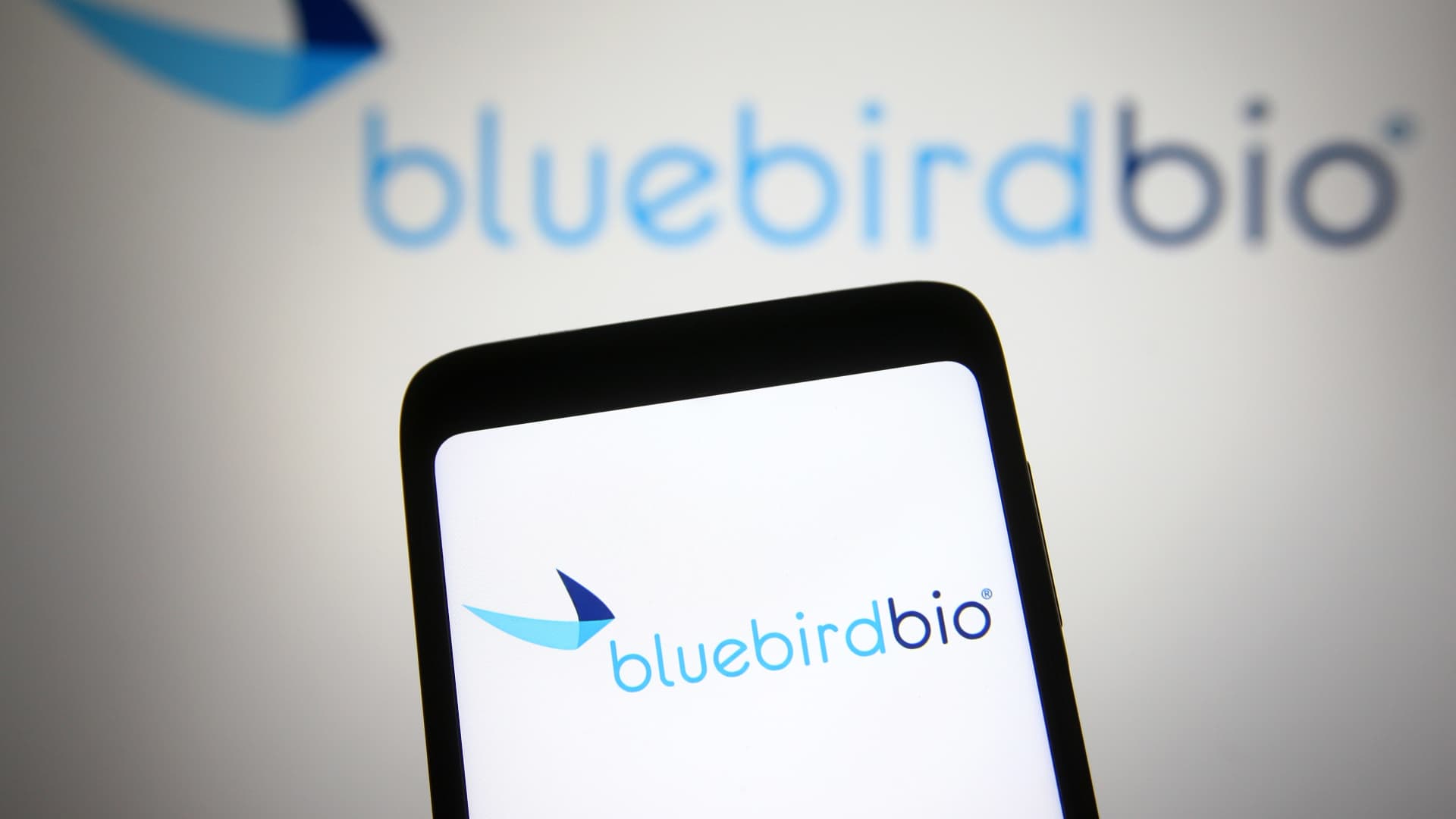Bluebird Bio’s Transformation: An Overview
Once celebrated as a pioneering force in the field of gene therapy, Bluebird Bio has recently undergone a significant transformation following its acquisition by a private equity firm. This momentous shift in ownership is more than just a change in management; it signifies a pivotal moment in the ongoing evolution of gene therapy and raises essential questions about the future of this innovative sector. In this article, we delve into the journey of Bluebird Bio, exploring its rise to prominence, the challenges it faced, and the implications of its recent acquisition.
From Innovation to Acquisition: The Journey of Bluebird Bio
Founded in 1992, Bluebird Bio was at the forefront of developing groundbreaking gene therapies aimed at treating genetic diseases and cancers. The company became a symbol of hope for patients suffering from rare disorders, such as beta-thalassemia and sickle cell disease. Bluebird’s innovative approach to gene editing and its commitment to advancing medical science garnered significant attention and investment, leading to a successful public offering in 2013.
As a trailblazer in the gene therapy landscape, Bluebird Bio’s flagship product, Zynteglo, offered a one-time treatment solution for beta-thalassemia, which could potentially transform the lives of patients. Despite these promising developments, the journey was not without its obstacles. The complex nature of gene therapies, regulatory challenges, and the high costs associated with development and manufacturing posed significant hurdles for the company.
The Challenges Faced by Bluebird Bio
Bluebird Bio’s path to success has been fraught with challenges that ultimately contributed to its decision to seek private equity acquisition. Some of the most pressing challenges included:
- Regulatory Hurdles: Navigating the complex regulatory landscape for gene therapies has proven to be a daunting task. Each new treatment must undergo rigorous testing and approval processes, which can delay market entry and increase costs.
- Financial Pressures: The high cost of developing gene therapies, combined with the need for extensive clinical trials, placed significant financial strain on the company. With mounting losses and a challenging funding environment, Bluebird faced increasing pressure to demonstrate profitability.
- Market Competition: As gene therapy becomes a more attractive field for investment, competition has intensified. New players entering the market have made it increasingly difficult for Bluebird Bio to maintain its lead.
The Acquisition: A Strategic Shift for Bluebird Bio
In light of these challenges, Bluebird Bio made the strategic decision to sell itself to a private equity firm. This acquisition represents a significant shift in the company’s trajectory, allowing for a potential restructuring that could reinvigorate its operations. The new ownership aims to provide the necessary financial resources and strategic direction to navigate the complexities of the gene therapy landscape.
Private equity firms often bring a wealth of experience in operational efficiency and financial management, which could be beneficial in addressing the challenges that Bluebird Bio has faced. This change in ownership may also lead to a renewed focus on core competencies, enabling the company to streamline its operations and prioritize the development of its most promising therapies.
What This Means for the Future of Gene Therapy
The acquisition of Bluebird Bio raises important questions about the future of gene therapy in general. The industry has witnessed significant advancements, yet it also faces considerable hurdles that must be addressed for continued growth. Some key considerations include:
- Investment in Innovation: Continuous investment in research and development is crucial for the advancement of gene therapy. With private equity backing, Bluebird Bio may have enhanced resources to pursue innovative approaches to treatment.
- Regulatory Adaptations: The regulatory landscape for gene therapies is evolving. Companies will need to adapt to new guidelines and ensure compliance while maintaining patient safety and efficacy.
- Cost-Effectiveness: As gene therapies are often costly, finding ways to reduce production expenses and improve accessibility will be vital for widespread adoption.
Looking Ahead: Optimism for Bluebird Bio and Gene Therapy
Despite the challenges and uncertainties, there is a palpable sense of optimism surrounding Bluebird Bio’s transformation. The private equity acquisition could herald a new chapter, one where the company can refocus its efforts and innovate at a faster pace. The potential for gene therapy to revolutionize treatment for genetic disorders and cancers remains strong, and Bluebird Bio is well-positioned to be a part of that revolution.
The gene therapy field is ripe for growth, with advancements in technology and increasing collaboration between academia and industry. As the market evolves, companies like Bluebird Bio can leverage their expertise and experience to contribute meaningfully to the healthcare landscape.
Conclusion: A New Dawn for Bluebird Bio
Bluebird Bio’s transformation from a gene therapy trailblazer to a private equity acquisition marks a significant milestone in its journey. While the challenges faced by the company are substantial, the potential for renewed growth and innovation in the gene therapy sector is equally significant. As the industry grapples with regulatory, financial, and competitive pressures, the hope is that Bluebird Bio can emerge stronger and more resilient, paving the way for new treatments that can change lives.
In this dynamic and rapidly evolving field, the story of Bluebird Bio serves as a reminder of the importance of adaptability and perseverance. With the right support and focus, the company may not only redefine its future but also continue to play a vital role in the advancement of gene therapy as a whole.
See more WebMD Network



